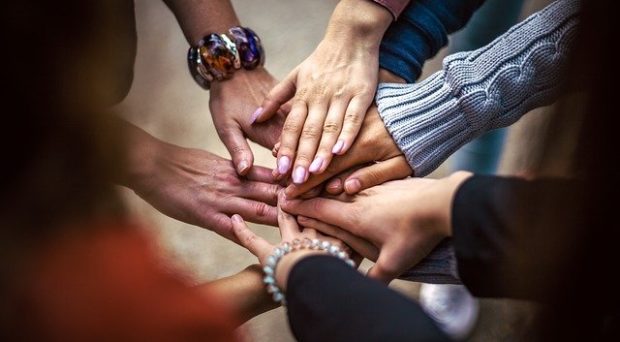
COVID-19 is a deadly disease that has caused immense economic, political and social disruption throughout the world. According to the World Health Organization (WHO), it has claimed a devastating death toll of over 1 million lives. The pandemic has also brought to light the systemic discrimination Black communities continue to face in Canada. For example, there are more COVID-19 cases among Black communities in Toronto compared to other racial groups due to a lack of resources, such as fewer testing centres, less funding and minimal mental health support.
Precarious working conditions affect the Black population as well, as many front-line workers who take public transportation are racialised. This further increases their exposure and risk of contracting COVID-19. These inequities are also associated with the social determinants of health, as Black communities are disproportionately impacted by food insecurity, low-income and unstable housing. This contributes to overall poorer health outcomes in these communities (compared to individuals of other backgrounds), and the effects of COVID-19 have only further exacerbated these already present health disparities.
Community Resources
When the COVID-19 pandemic was first declared in Canada, there was a widespread cancellation of a number of services like schools, daycares and health services. However, there was also a simultaneous increase in the number of individuals and families who needed these supports, such as those needing adequate child care, mental health services and housing. For example, in some communities, there were homeless individuals who were shut out from such services. Individuals who are marginalized and vulnerable suffered the most at this time, as many community health programs moved online and these individuals did not have the means to access these resources. This reduced accessibility further perpetuated inequities, as not everyone has access to virtual tools to participate.
The Canadian Emergency Response Benefit (CERB) and the Canadian Emergency Student Benefit (CESB) have been good resources put forth by the Canadian government. Although giving residents all the same amount of benefit is an equal response, it is not an equitable one. In order for the economic response to be equitable, there should be more compensation available to marginalized communities who are suffering the hardest at this time.
The pandemic has also brought to light the systemic discrimination Black communities continue to face in Canada.
Also, many individuals in marginalized communities work in sectors that increase their risk of contracting the virus. In cases where individuals contract the virus, they must leave work for two weeks in order to self-isolate. This means they may not receive their regular income for this time; however, may also not qualify for the CERB benefit because they are employed. Therefore, there may be individuals who fall through these cracks, making it imperative to pay close attention to individual needs rather than looking at the population as a whole.
Policy recommendations to lessen social and health inequities
The COVID-19 pandemic has brought to light existing social and health iniquities, which have been further exacerbated this past one year. Changes in government decision-making and policy development are needed to help curb these inequities. It is necessary to collect race-based data across the country to identify the disproportionate impact of the pandemic on Black and Indigenous people (and people of colour generally). Decisions on pandemic response need to be made by taking these numbers into considerations and by address the underlying causes of such discrepancies in a substantive way. At the moment, targeted testing and support for marginalized communities would be the place to start for public health initiatives.
Conclusion
The “one size fits all approach” to pandemic response does not acknowledge that there are important differences between communities all across the country. By ignoring these differences in community needs at the local level, inequities that already exist within systemic structures are only perpetuating.
When critically analyzing the differences in the pandemic response, we see the importance, value and need to collect race-based data. The reason why communities with greater populations of racialised individuals are hit the hardest during a pandemic, is because there is no prior knowledge of the needs of these communities or what health concerns are already present. Collecting race-based data is, therefore, extremely necessary even prior to a pandemic in order to know about pre-existing health concerns, which can help provide important resources to these communities beforehand. The differential pandemic response points to systemic discrimination, neglect and a lack of prioritization of the communities which are in need the most.
Comments